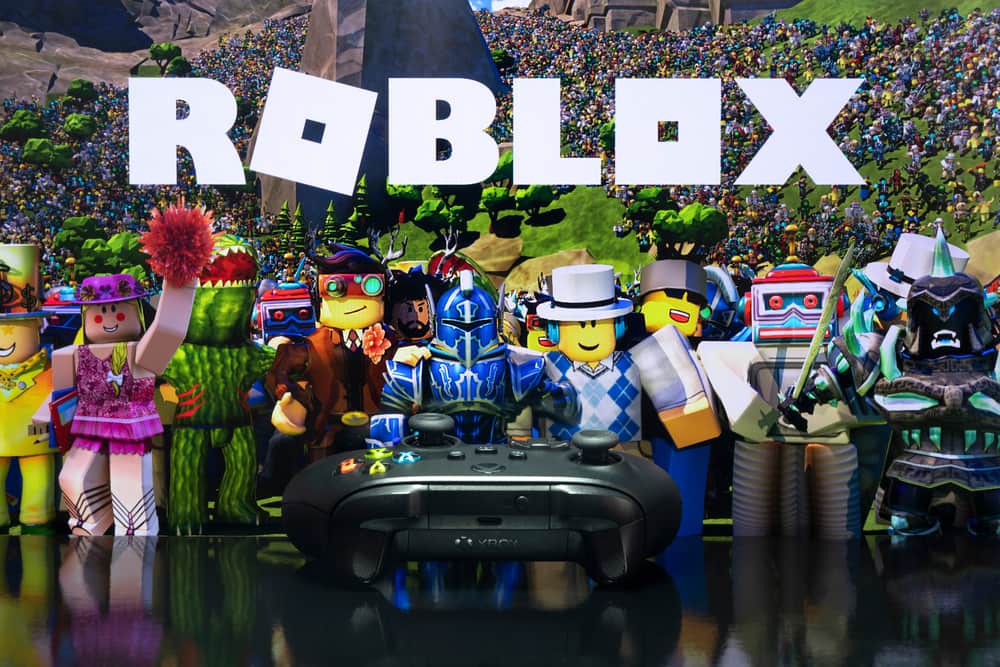The Metaverse represents a paradigm shift in how we interact with digital environments, merging the physical and virtual worlds into interconnected realities. As game developers, understanding the intricacies of designing for the Metaverse is crucial for creating immersive experiences that captivate users. This article delves into the technical aspects of Metaverse creation, exploring the underlying technologies, design principles, and real-world applications that shape this evolving landscape.
Understanding the Metaverse: A Convergence of Technologies
The Metaverse is not a singular entity but a collection of interconnected virtual environments that leverage various technologies, including virtual reality (VR), augmented reality (AR), blockchain, and artificial intelligence (AI). According to a report by Bloomberg Intelligence, the Metaverse market could reach $800 billion by 2024, driven by advancements in these technologies (Bloomberg, 2021).
Virtual Reality and Augmented Reality
VR and AR are foundational technologies for the Metaverse. VR immerses users in a fully digital environment, while AR overlays digital information onto the physical world. The combination of these technologies allows for a seamless transition between real and virtual experiences. For instance, platforms like Oculus Quest 2 provide users with high-fidelity VR experiences, while applications like Pokémon GO demonstrate the potential of AR in engaging users in real-world settings.

Oculus Quest 2 promotes immersive virtual reality, with interactive AR.
Blockchain Technology
Blockchain technology plays a pivotal role in the Metaverse by enabling decentralized ownership and transactions. Non-fungible tokens (NFTs) are a prime example, allowing users to buy, sell, and trade unique digital assets. According to NonFungible.com, the NFT market generated over $10 billion in sales in Q3 2021 alone, highlighting the growing interest in digital ownership (NonFungible.com, 2021). Game developers can leverage blockchain to create in-game economies where players have true ownership of their assets, enhancing engagement and investment in the virtual world.
Artificial Intelligence
AI enhances the Metaverse by enabling dynamic interactions and personalized experiences. Machine learning algorithms can analyze user behavior to tailor content and interactions, creating a more engaging environment. For example, AI-driven NPCs (non-player characters) can adapt their responses based on player actions, making the virtual world feel more alive. A study by PwC found that 86% of executives believe AI will be a mainstream technology in their organizations by 2025, underscoring its importance in the Metaverse (PwC, 2020).
Design Principles for Interconnected Virtual Realities
Creating a successful Metaverse requires adherence to specific design principles that ensure a cohesive and engaging user experience.
Interoperability
Interoperability is the cornerstone of the Metaverse, allowing users to navigate seamlessly between different virtual environments. This requires standardized protocols and APIs that facilitate data exchange and asset transfer across platforms. For instance, the OpenXR standard, developed by the Khronos Group, aims to provide a unified interface for VR and AR applications, promoting interoperability among devices and platforms.
User-Centric Design
User-centric design is essential for creating immersive experiences. Developers must prioritize user experience (UX) by conducting thorough research and testing to understand user needs and preferences. A study by Nielsen Norman Group found that users are more likely to engage with applications that offer intuitive navigation and responsive design (Nielsen Norman Group, 2021). Incorporating user feedback into the design process can lead to more engaging and satisfying experiences.
Scalability
As the Metaverse grows, scalability becomes a critical consideration. Developers must design systems that can handle increasing user loads without compromising performance. Cloud computing and edge computing are vital in this regard, allowing for distributed processing and storage. According to a report by Gartner, the global cloud computing market is expected to reach $832.1 billion by 2025, indicating a significant shift towards cloud-based solutions (Gartner, 2021).
Real-World Examples of Metaverse Creation
Several companies are leading the charge in Metaverse development, showcasing innovative applications of interconnected virtual realities.
Roblox
Roblox is a prime example of a user-generated content platform that embodies the principles of the Metaverse. With over 200 million monthly active users as of 2021, Roblox allows players to create and share their games, fostering a vibrant community. The platform’s economy, driven by its virtual currency, Robux, enables users to monetize their creations, exemplifying the potential of decentralized ownership in the Metaverse.

User-created games on Roblox drive the Metaverse’s virtual economy.
Decentraland
Decentraland is a blockchain-based virtual world where users can buy, sell, and build on virtual land. The platform utilizes NFTs to represent ownership of digital real estate, allowing users to create unique experiences. As of 2021, Decentraland reported over $100 million in virtual land sales, highlighting the growing interest in digital property ownership (Decentraland, 2021). This model demonstrates how blockchain can facilitate economic activity within the Metaverse.
Epic Games and Fortnite
Epic Games has leveraged its popular game Fortnite to create a social platform that transcends traditional gaming. With events like virtual concerts and movie screenings, Fortnite has transformed into a social hub where users can interact and engage in shared experiences. The integration of cross-platform play further enhances its appeal, allowing users to connect regardless of their device. Epic Games’ commitment to building a more interconnected Metaverse is evident in its ongoing investments in technology and partnerships.
Challenges in Metaverse Development
Despite the exciting potential of the Metaverse, several challenges must be addressed to ensure its success.
Privacy and Security
As users engage in interconnected virtual environments, concerns about privacy and security become paramount. Developers must implement robust security measures to protect user data and prevent unauthorized access. According to a report by Cybersecurity Ventures, cybercrime is projected to cost the world $10.5 trillion annually by 2025, emphasizing the need for heightened security in digital spaces (Cybersecurity Ventures, 2021).
Digital Divide
The digital divide poses a significant challenge to the widespread adoption of the Metaverse. Access to high-speed internet and advanced devices is essential for fully experiencing interconnected virtual realities. According to the International Telecommunication Union, approximately 3.7 billion people remain unconnected to the internet as of 2021 (ITU, 2021). Addressing this divide is crucial for ensuring equitable access to the Metaverse.
Key Takeaways
– The Metaverse is a convergence of VR, AR, blockchain, and AI technologies, creating interconnected virtual realities.
– Interoperability, user-centric design, and scalability are essential principles for successful Metaverse development.
– Real-world examples like Roblox, Decentraland, and Fortnite illustrate the potential of the Metaverse in gaming and social interaction.
– Challenges such as privacy, security, and the digital divide must be addressed to ensure the Metaverse’s success.
In summary, the Metaverse represents a transformative shift in digital interaction, offering unprecedented opportunities for game developers. By understanding the underlying technologies and adhering to key design principles, developers can create engaging and interconnected virtual experiences that resonate with users. As the Metaverse continues to evolve, staying informed about emerging trends and challenges will be crucial for success in this dynamic landscape.

